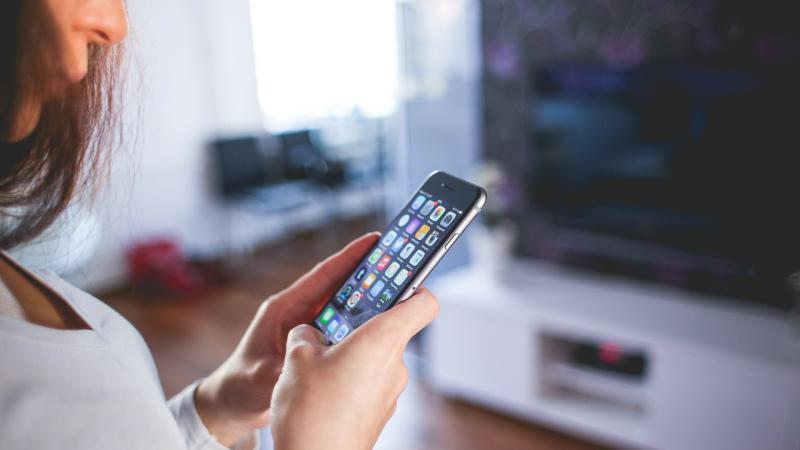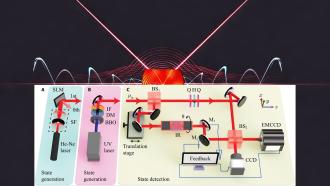
Researchers from Czech Technical University in Prague, Czech Republic, Indian Institute of Technology, Delhi, India, and Northumbria University, UK are studying relay-assisted visible light communications to improve the indoor coverage of mobile network connectivity. Their new technique turns mobile phones into relays, forwarding data from the transmitter to the end user.
Visible light was first used for communication in the 1880’s when Alexander Graham Bell used a modulated sunlight to transmit a speech, even before transmission by radio frequencies was popular. Today, visible light communication (VLC) is becoming popular once again as it gives several advantages compared to its radio counterpart, like a vast unregulated spectrum, inherent security and high energy efficiency. Visible light can also be used in locations like hospitals, petrol stations and airplanes, where radio frequency based technologies cannot be used.
“With the enormous growth of data traffic over wireless infrastructures due to increased demands for video and audio streaming, file sharing, data and voice over Internet protocol (VoIP), The lack of available radio-frequency (RF) spectrum is becoming the limiting factor for high-speed data transmission” remark the authors, talking about the limitations of conventional means.
Switching to visible light could present a way out as it gives us a vast unregulated spectrum that could be used for communication. However, VLC also presents its own challenges, since visible light, unlike radio waves, can be blocked by obstacles and movement.
In their new study, the authors propose overcoming the shortfalls of VLC, by using a relay-assisted VLC technique. Much like a relay race, in a relay-assisted method, the data is relayed from one mobile to another, until it reaches its destination. Here, a mobile user acts as relays, forwarding the data from the transmitter to the end user.
The study analyzed two types of relay schemes—amplify-and-forward (AF) and decode-and-forward (DF). As the names suggest, the first scheme allows a mobile user to amplify the signal and transmit it further, while in the latter scheme, the message is decoded and then relayed to the end-user. The researchers used a mobile phone with two photodetectors on either sides, to detect the incoming light, and perpendicularly placed LED transmitters, to relay the data forward.
“We considered the case where the receiver was positioned close to the corner of the room and we investigated the optimal position of the relay node based on its azimuthal and elevation orientation” say the researchers. They also developed an analytical model to compare the two relay-schemes, AF and DF.
The study shows that the DF relay scheme marginally outperforms AF, by providing a larger coverage area and data transfer rates of up to 100 Mbps. More importantly, both the relay-based methods showed significant improvement in coverage and efficiency at transferring data, when compared to methods that relied on a direct line-of-sight between the transmitter and the end user. With this study establishing the viability of the technology, we could soon be rid of network connectivity issues and losing carrier signal indoors, in our offices and homes.






